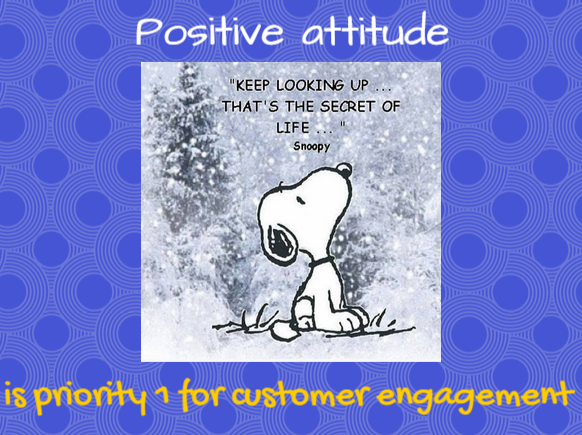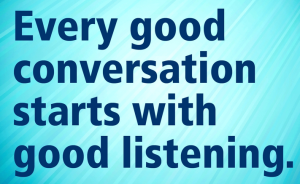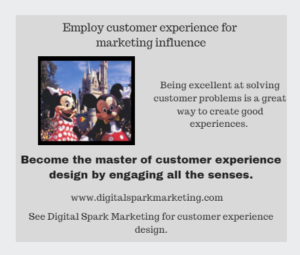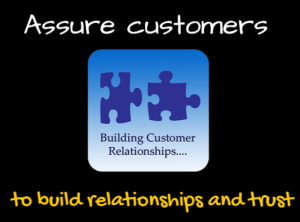Is your business doing very well, but you are still wondering whether you should be making changes for continuous creative examples? Like improving Publix’s social media marketing? We are good customers and advocates of the Publix grocery chain. And since this is a frequent question we receive from clients, we decided to use Publix as a case study on this subject.
Related: Is Employee Engagement the Backbone of the Publix Culture?
First, a word about Publix, for those of you not in the Publix market area. Publix is the largest employee-owned company in America. For 83 years Publix has thrived by delivering top-rated service to its shoppers by turning thousands of its cashiers, baggers, butchers, and bakers into the company’s largest collective shareholders. All staffers who have put in 1,000 work hours and a year of employment receive an additional 8.5% of their total pay in the form of Publix stock.
Let me point out that Publix is not a client of ours. We are simply taking a look at their online social media marketing and using it to recommend ideas for continuous improvement. It is such a pertinent topic to many businesses, isn’t it? I will do this task by simply studying their online presence, with no discussion with them.
If you examine their current state of social media marketing and compare it to their competitors, you will probably conclude like we did, that they are doing a good job. But the point is about how to achieve continuous improvement, which is very critical in this type of ever-changing marketing. So let’s examine some ideas for Publix to consider:
Creative ideas
There are several ideas on the top of our creative ideas list. The first one we suggest is for Publix to go local with their social media marketing. Not every store mind you, but certainly several stores from a local area going together on the effort. In this way, they can do a much better job of personalizing customer engagement.
The second idea for consideration is to pick an issue to stand for. For example, we have all read about the extremely long life of plastic bags in the environment and the negative effect they have. By announcing they will use paper bags and eliminate the use of plastic bags, they will draw a lot of positive attention to the brand. Cost more for them? Certainly, but there is a chance they can create a local or maybe even a national movement.
Educating customers
Publix is doing a very good job in this area already. But they can do more with special topics such as pointing out healthy food alternatives, diet alternatives, and discussing gluten-free products, just to name three examples.
Customer engagement
Customer engagement is an area where most businesses could always use fresh ideas. One suggestion we have used with other clients is to have employees doing other jobs give an hour or two a day to participate in social media. Let customers know who they are and that way customers can engage with people they recognize from the store. Remember the recommendation to go local with their effort? Here is a great place for it to come in very handy.
Lots of experimentation
Most businesses take the conservative route of experimenting with new ideas. Not a good idea if you are looking to get ahead with customers.
The best innovative companies know that to do new things well, they must be good at trying new ideas in many areas as experiments. These experiments, they realize, will not all work as planned, and a high percentage will fail.
They know and accept this without worry. But they know that they learn a great deal from failures and small successes. And this often leads to great successes down the line.
Continuous discrimination
A business can never be done by finding ways to discriminate themselves against its customers. This is an area that absolutely must be done well.
A great way to find discriminating ideas, both big and small, is to pay attention to what customers are telling you. And remember, not all customer insights come from verbal inputs. Get all employees involved in closely observing what customers are doing. What can you learn about improving your operations from these observations?
Customer service and experience
One of the most rapidly growing areas of marketing these days is coming from customer service and strong customer experience. By going the extra mile in these two areas, customers take notice. The more little things you can do, the stronger the customer advocacy becomes.
New channels
Publix has a very well-designed website and participates on Facebook, YouTube, and Twitter social media platforms. Well represented on these most important channels. Our recommendation is they add Pinterest to their list of social media sites. This is a very fast-growing social media channel that attracts shoppers looking for things such as recipes and recommendations on food choices and health.
Many of your competitors have a strong presence there already. Instagram is another channel worthy of consideration and both are excellent at customer engagement.
Takeaways
There can never be enough focus on continuous improvement in social media marketing, independent of how well the business is doing. If you are looking to take your success to a new level, this continuous improvement is required. This is an excellent time to make a statement with social media marketing. Changing before you have to is always a good idea.1
Would you like to participate in a free evaluation of your business marketing where our output is published in our blog like this Publix article? If you are interested, please send us an email to Mike@digitalsparkmarketing.com.
























